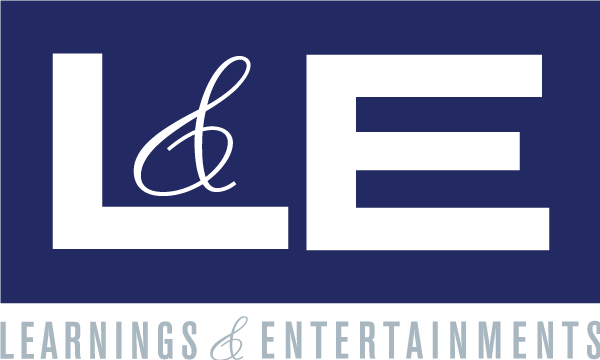Some of the highlight include:
- An overview of Starbucks creative training and communication strategy.
- The importance of branding or rebranding Ethics & Compliance as positive and helpful.
- Communicating with the workforce creatively outside of a traditional LMS push.
- Utilizing real stories to start dialogues around these important issues.
- Surrounding training with teaser communications and reinforcements to make it more of a hub and spoke comms campaign.
- Driving traffic to the Ethics & Compliance Hub to make it an interesting, ongoing resource.
- Gathering different kinds of measurements and metrics beyond just “did I pass the test.”
- The importance and willingness to try new things.
- Continually reinventing your program and your message to stay relevant and fresh.
